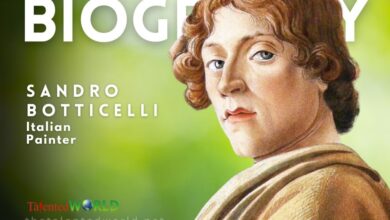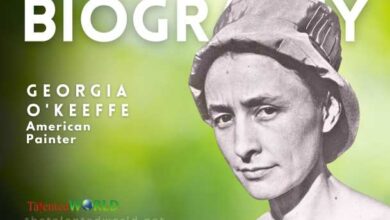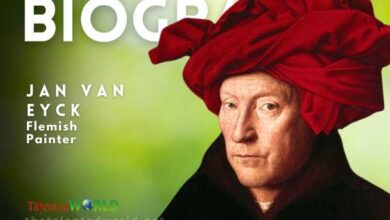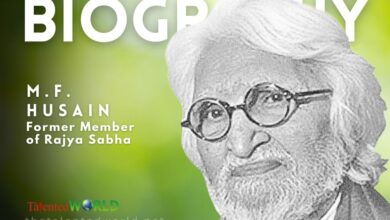| Full Name | Hieronymus Bosch |
| Birth Name | Jheronimus van Aken |
| Date of Birth | Around 1450 |
| Place of Birth | ‘s-Hertogenbosch, Duchy of Brabant, Burgundian Netherlands |
| Date of Death | Buried on August 9, 1516 |
| Place of Death | ‘s-Hertogenbosch, Duchy of Brabant, Habsburg Netherlands |
| Nationality | Dutch |
| Known for | Painting |
| Notable Works | “The Garden of Earthly Delights”, “The Temptation of St. Anthony” |
| Movement | Early Netherlandish, Renaissance |
| Famous Painting | “The Garden of Earthly Delights” |
| Style | Fantastic illustrations of religious concepts and narratives; macabre and nightmarish depictions of hell |
| Influence | Cast a wide influence on northern art of the 16th century; Pieter Bruegel the Elder was his best-known follower |
| Confidently Attributed | Approximately 25 paintings and eight drawings are confidently attributed to him, along with another half-dozen paintings |
| Early Life | Little is known about his life or training; he lived in and near ‘s-Hertogenbosch; his family had a background in art |





